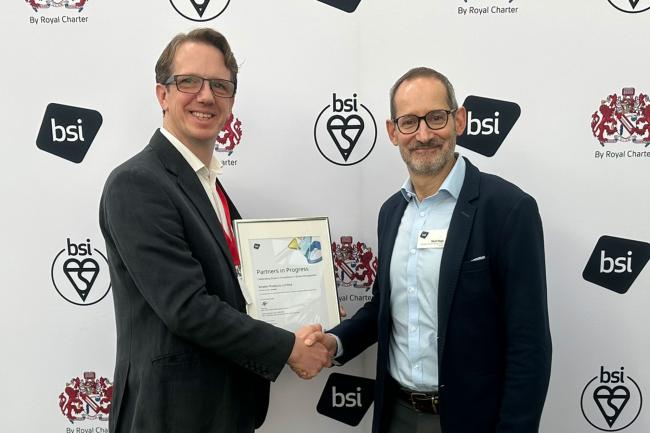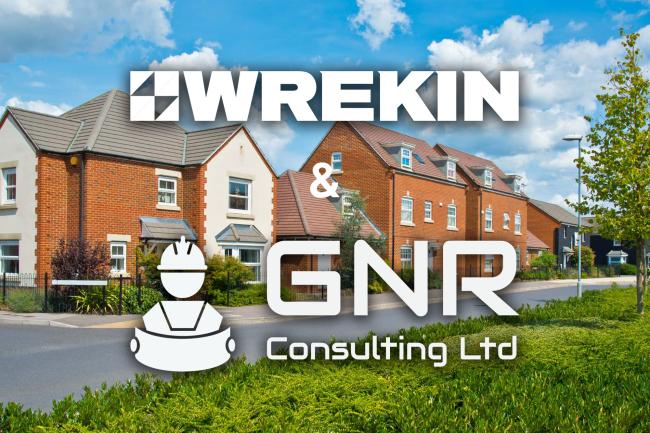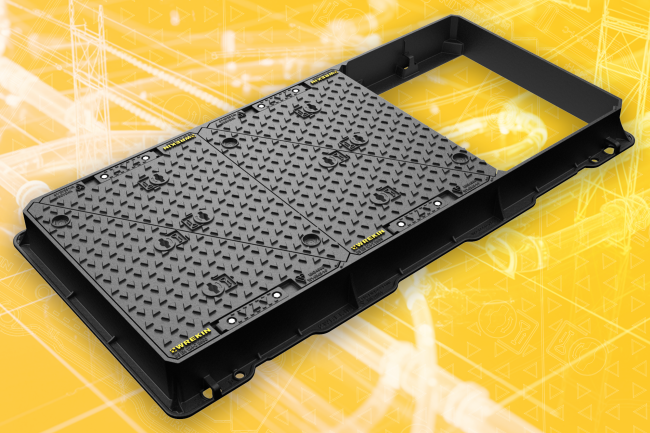
Blog
Do all E600 Manhole covers perform better than D400?
11 April 2024
When it comes to access covers, the load classification is an important factor in determining the suitability of a cover for a particular application. The E600 load classification, as per the European standard EN 124, designates that the cover is capable of withstanding a 600kN (approximately 60 tonnes) test load. This classification is generally intended for areas imposing high wheel loads, such as docks and loading areas.
However, a higher load classification does not necessarily equate to a "better performing" access cover in all aspects. The performance of an access cover is context-dependent and must be matched to the specific requirements of the installation site. The controlling standard is performance based and therefore does not dictate all aspects of manhole cover design, so designs of even identical load class units can vary hugely. Before selecting a cover, it’s important to consider the following criteria:
Top blogsSO, WHEN MIGHT INSTALLING AN E600 COVER BE MORE APPROPRIATE THAN A D400?Before we examine the specific scenarios where an E600 might be suitable, it's essential to understand the load classifications. An A15 load category is required in pedestrian areas, while the minimum class for carriageways is D400, designed to withstand traffic from cars and regular trucks. E600 covers are engineered for areas where heavy goods vehicles frequent, indicating their ability to endure greater loads. Group 4 Applications: The Crucial FactorsGroup 4 applications generally refer to settings such as carriageways of roads. The standard recommendation is for D400 covers, which cater to most scenarios encountered on public roads. But when might an E600 cover be more appropriate? Find out more about EN 124 groupings and classes here. Heavy-Duty Traffic ZonesIn areas where traffic is not just frequent but consists predominantly of heavy goods vehicles, E600 covers provide an extra layer of safety and durability. Their robust construction meets the demands of substantial, repetitive loads, making them a prudent choice for locations with intense HGV movement. Due to the requirements for E600 covers, their frame flanges cover a larger area and therefore apply a lower stress to the surrounding bedding materials. Likewise, their increased load capacity means that they resist movement more effectively. Both of these factors result in longer installation life. Safety and Longevity ConsiderationsWrekin Products' E600 manhole covers come with enhanced load-bearing capacity. Our Unite range, including D400 gully grates, features a raft of unique innovations, designed to prolong the lifespan and enhance the safety of installations. Enlarged frame corners also aid in distributing loads onto the ground reinforcement, which is crucial in Group 4 settings. When longevity and ease of maintenance are at the forefront, our products will not let you down. Cost-Effectiveness vs. Upfront InvestmentWhile D400 covers are sufficient for most Group 4 applications, investing in E600 variants can be cost-effective in the long run. The initial higher cost may be offset by the reduced need for replacements or repairs due to their superior strength and resilience. Compliance with RegulationsLastly, it's imperative to consider regulations. The New Roads and Street Works Act (NRSWA) road categories and Highways England DMRB HA104/09 standards dictate the requirements for manhole cover installations. E600 covers may exceed these standards, providing peace of mind in compliance and assurance in performance. As another example, did you know the National Highways CD 534 standard states E600 manhole covers should be installed in place of D400 covers where the Annual Average Daily Traffic (AADT) is greater than 1,500 in each direction. In SummaryThe choice between D400 and E600 covers isn't solely about meeting the minimum requirement but about surpassing expectations for safety, durability, and performance. While D400 is often adequate for Group 4 applications, there are circumstances where E600 is not just suitable but preferable. In many cases though, a poorly designed E600 cover would be more detrimental to an application than a well-designed D400 cover. In like-for-like comparisons, Wrekin E600 covers are superior to D400. Wrekin Products is dedicated to guiding you through these complex decisions with our expertise. We put forth solutions that encompass innovation, quality, and a forward-thinking approach to meet and exceed the needs of the civil engineering landscape. Trust in our decades of experience to steer your project to success. Related products
|






